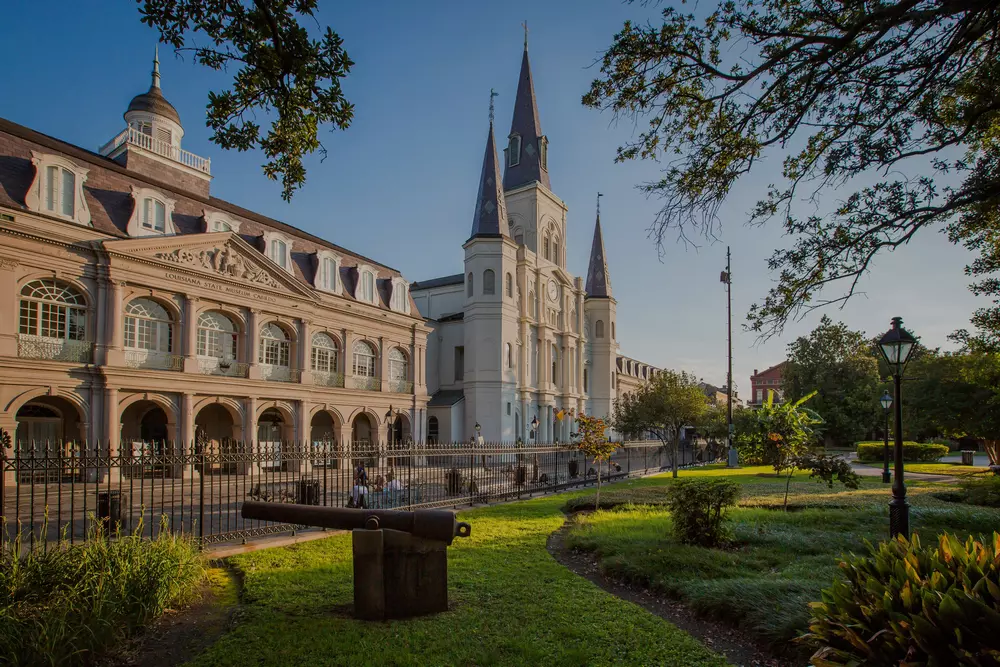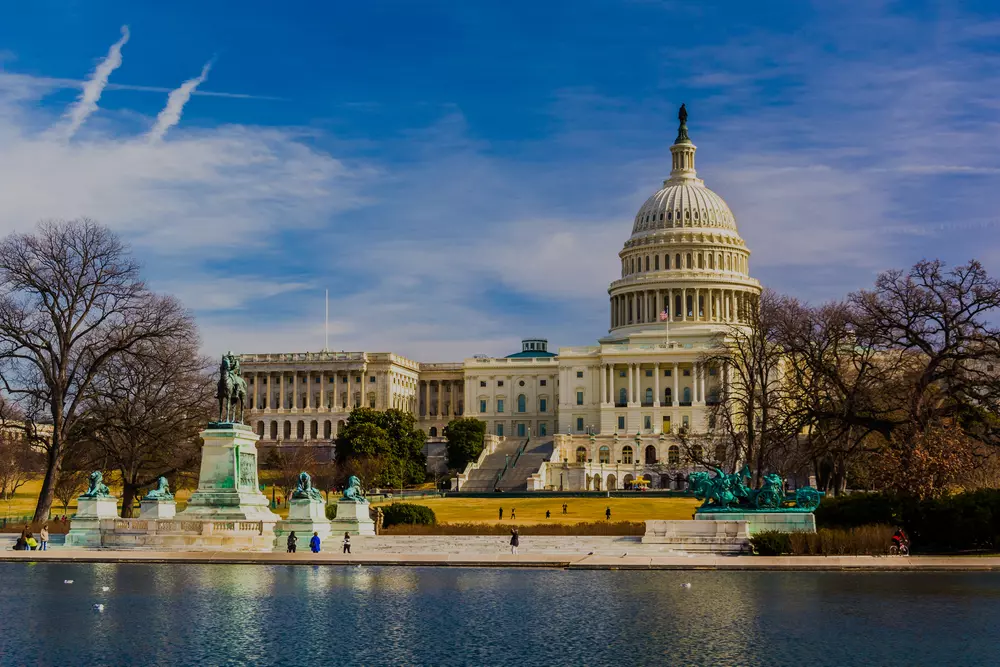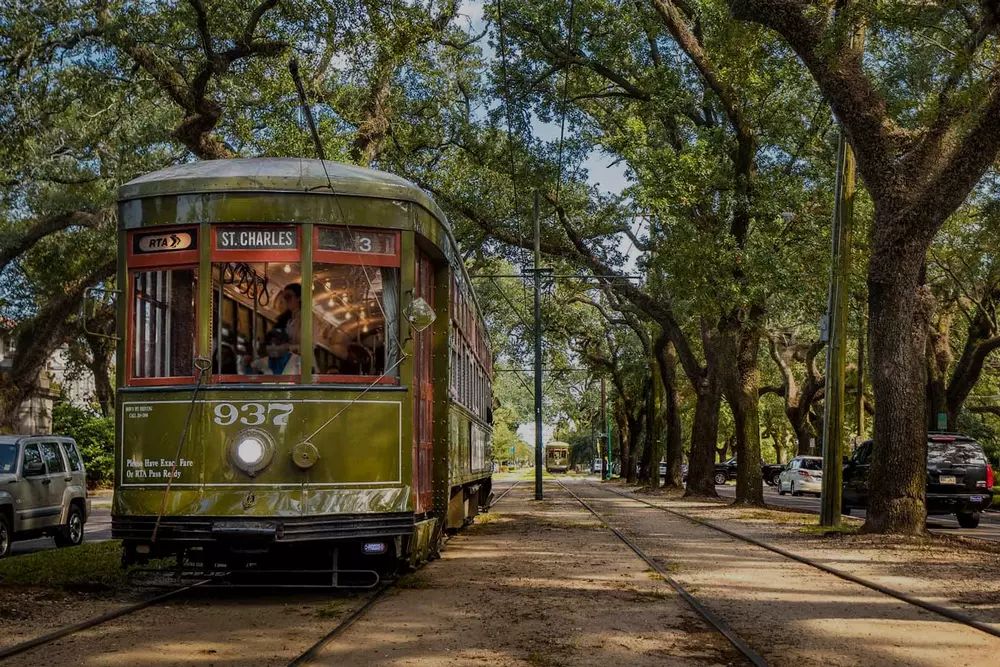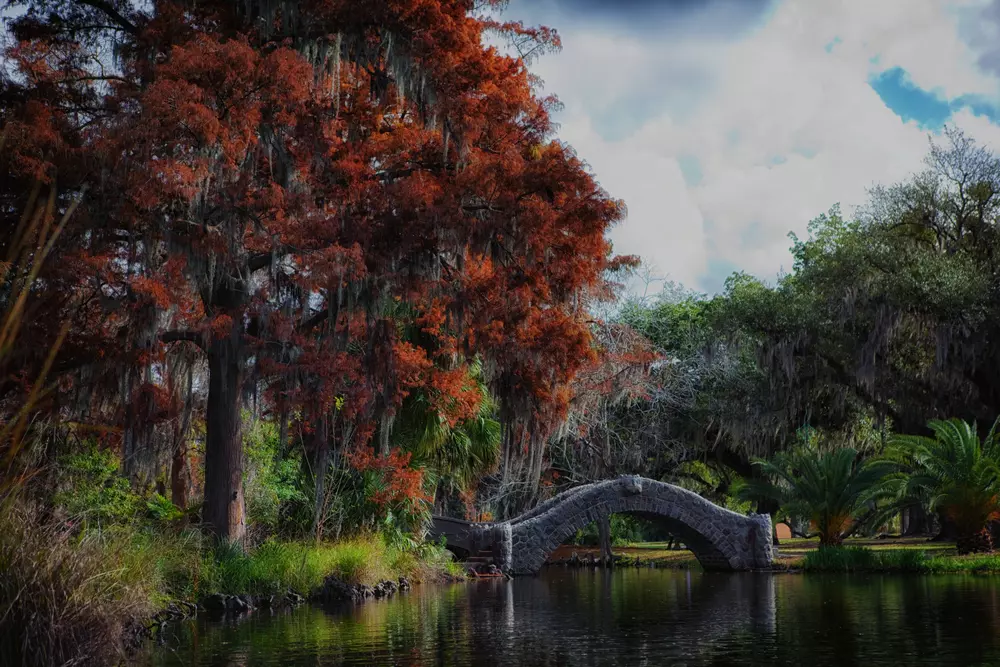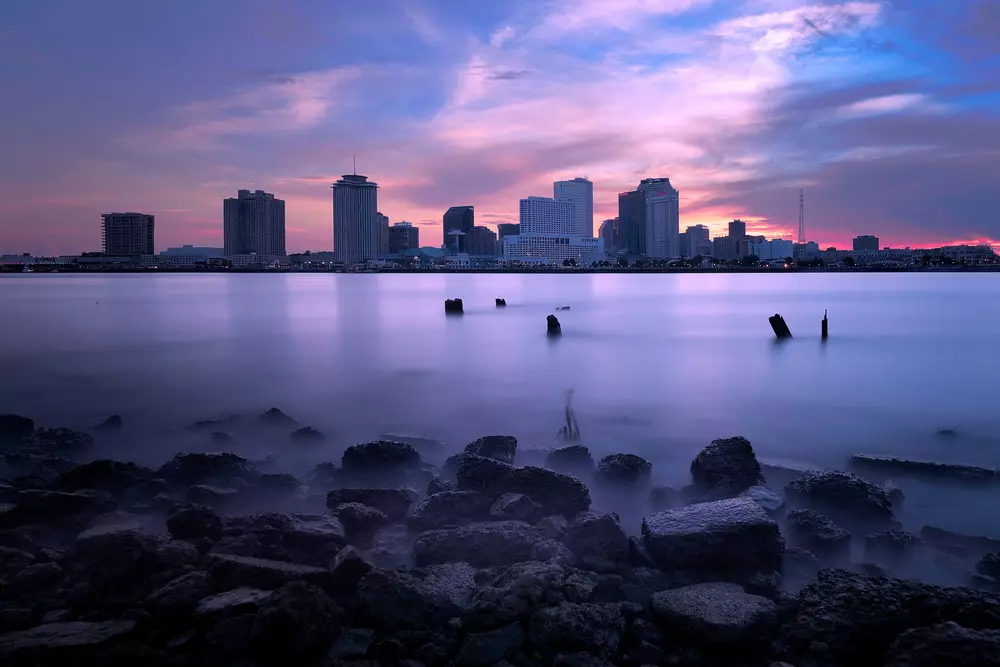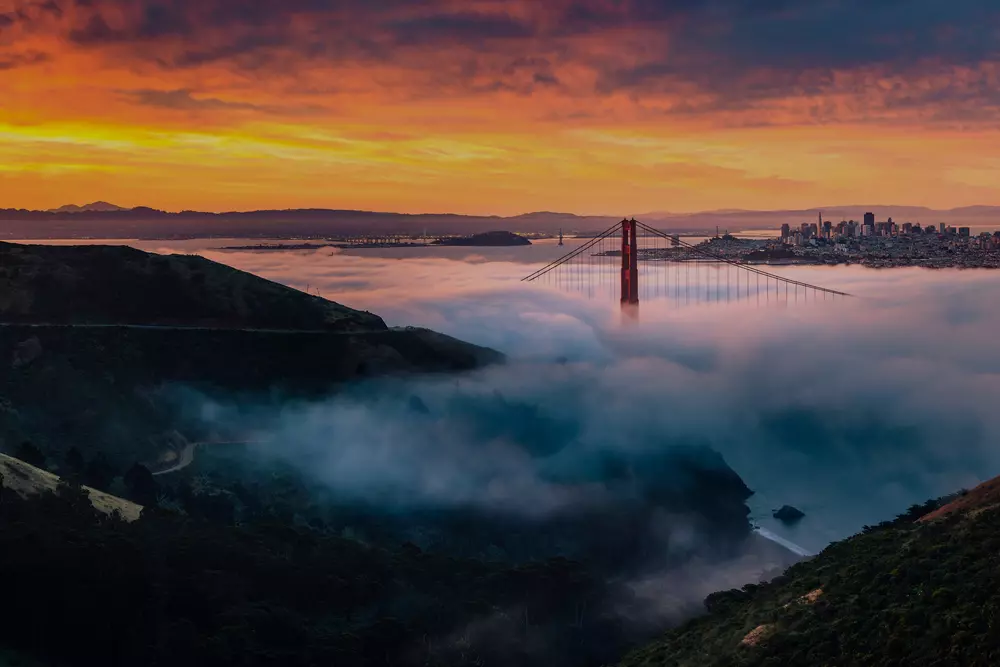Lake Pontchartrain is situated in southeastern Louisiana, stretching 64 kilometers in length and 40 kilometers in width. The city of New Orleans is located along its southern and eastern shores.
The lake is spanned by the Lake Pontchartrain Causeway, the second longest straight bridge in the world over water.
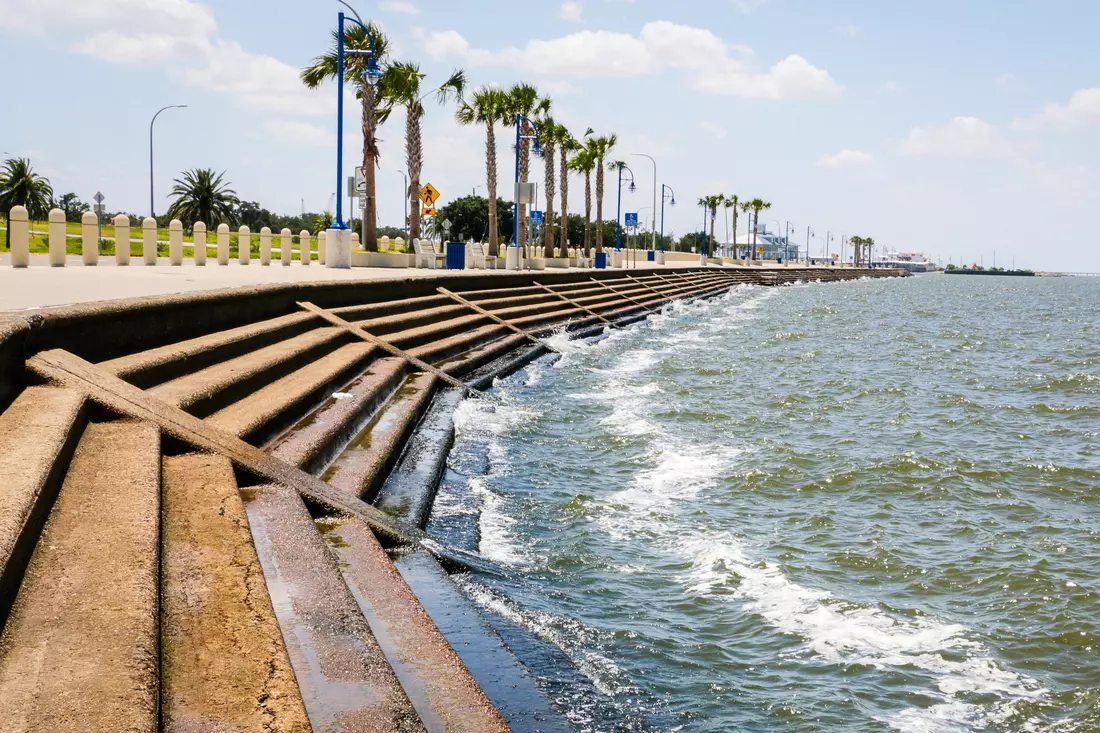
Fascinating Facts About Lake Pontchartrain
- A Vital Estuary
Lake Pontchartrain serves as an estuary, connecting the Gulf of Mexico and the Rigolets strait. It receives fresh water from five smaller rivers, making it a crucial point of convergence for different water bodies. - A Rich Wetland
The lake is part of one of the largest wetland ecosystems, comprising swampy forests, cypress swamps, and a complex mix of grassy marshes, showcasing the area's diverse natural beauty. - Salinity Gradient
The lake's salinity varies significantly, from minimal on the northern slope west of Mandeville to almost as salty as seawater near the eastern bulge close to the Interstate 10 highway, highlighting the unique environmental conditions. - A Geological Youngster
Lake Pontchartrain was formed approximately 2,600 to 4,000 years ago as the evolving Mississippi River delta shaped its Southern and Eastern shorelines, illustrating the dynamic natural history of the region. - An Indigenous Name
The lake was dubbed "wide water" by the local Native American tribes, reflecting the expansive and vital nature of this water body to the area's early inhabitants.

Features of Pontchartrain Lake
Lake Pontchartrain's unique features have been shaped by thousands of years of natural history and human activity. People began settling around the lake approximately 3,500 years ago, initially in small numbers. However, the arrival of Europeans 400 years ago drastically increased the population. In 1699, French explorer Pierre Le Moyne d'Iberville renamed the lake in honor of Louis Phélypeaux de Pontchartrain, a minister of the marine, chancellor, and minister of finance under King Louis XIV. The great American naturalist William Bartram explored the northern shore during his westward journey in 1777.
In 1852, a railroad connecting New Orleans to the North was built, but it was destroyed during the Civil War. The swamps, heavily utilized over time, transformed into open waters, and cypress swamps are being eradicated due to the intrusion of saltwater. This has led to frequent stress and death among wildlife and the destruction of plant life. Conservation efforts have been initiated to protect lowland deciduous forests, marshes, relic forest tracts, open lakes, and coastal underwater vegetation. Protection measures have also been extended to mollusks, sturgeon, paddlefish, and the alligator snapping turtle, highlighting the importance of preserving this unique ecosystem for future generations.
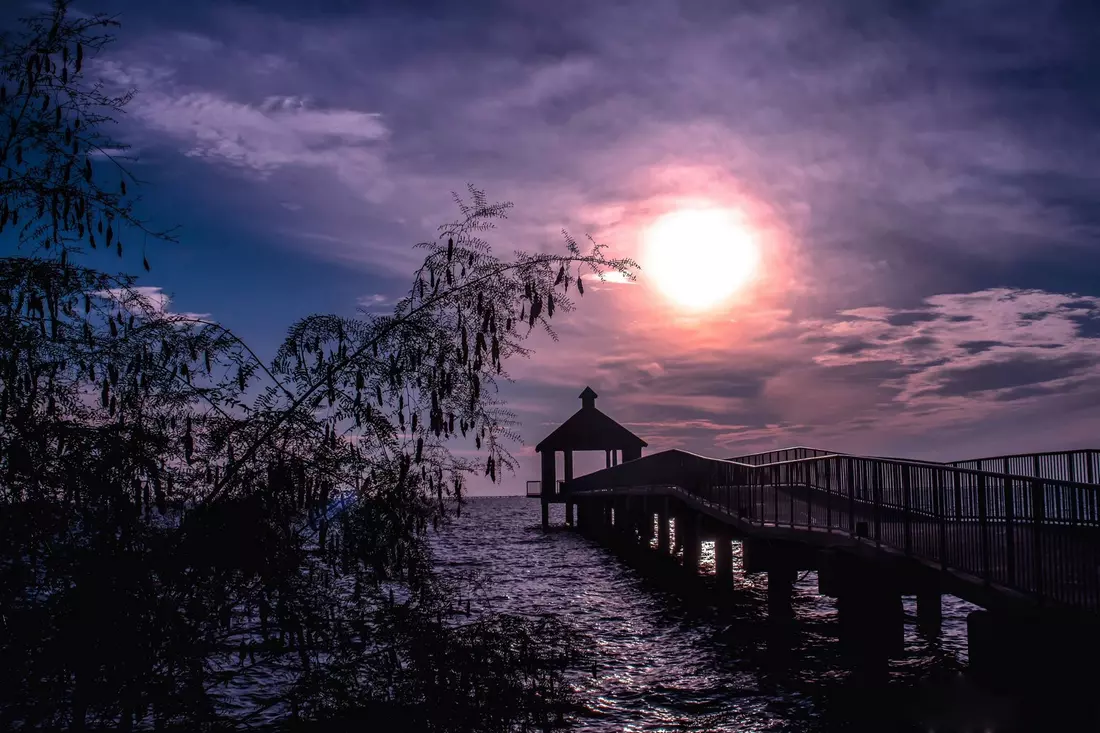
The Pontchartrain Causeway Bridge: A Historical Overview
The mid-20th century witnessed the construction of two parallel causeway bridges stretching across Lake Pontchartrain, spanning an impressive length of 38 kilometers (about 23.6 miles). In 1969, this architectural feat was recognized by the Guinness Book of Records as the world's longest bridge over water.
The concept of bridging the lake was first envisioned by Bernard de Marigny, one of New Orleans' founding figures. Initially, he established a ferry service that operated until the 1930s. With the ferry's relevance waning, a proposal emerged to create artificial islands linked by bridges. This ambitious plan received approval, and after eight years of construction, the first bridge was inaugurated in 1956, followed by the completion of the second bridge in 1969.
These causeways drastically reduced travel time from the northern shore of Lake Pontchartrain to New Orleans, cutting it down to less than an hour. Remarkably resilient, the bridge withstood the test of time and nature's fury. Even when Hurricane Katrina hit, only an unused interchange suffered damage. Consequently, the bridge served as a critical evacuation route during the disaster, saving countless lives.

Effects of Hurricane Katrina
In 2005, Hurricane Katrina escalated to a Category 5, the most severe, prompting experts to warn of potential levee breaches if it approached New Orleans. Despite weakening upon its arrival, Katrina still damaged some protective structures, leading to 80% of New Orleans being flooded. Louisiana State University researchers identified significant deficiencies in the levees, attributed to construction errors.
Large suburban areas were submerged, with water levels reaching up to a kilometer high in some places, not due to levee failure but due to Jefferson Parish administration's decision to turn off drainage pumps.
On September 5, 2005, the U.S. Army Corps of Engineers commenced repair works on the levee, dropping huge sandbags from helicopters. Soon after, pumping began to remove the floodwaters back into the lake. By September 2, around 95 million cubic meters of water had inundated the city, accounting for 2% of Lake Pontchartrain's total volume. Only in recent years has New Orleans gradually started to recover.
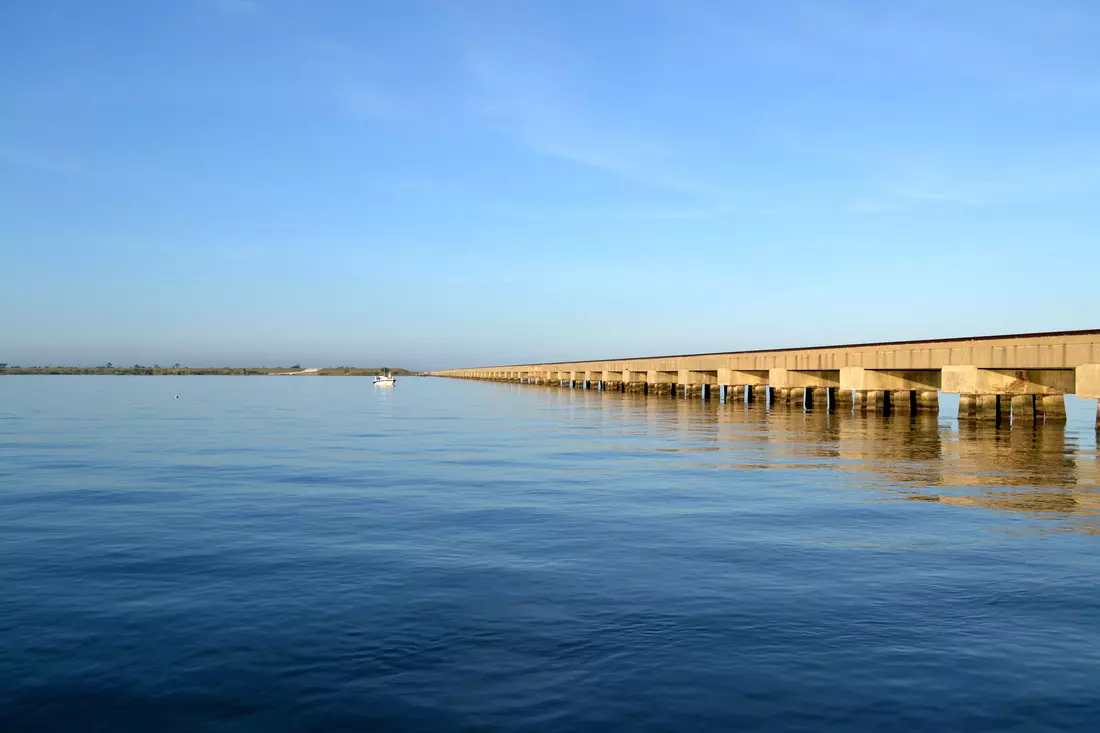
Lake Pontchartrain serves as a reminder of nature's power and the importance of sustainable human interaction with the environment. Hurricane Katrina highlighted the need for protection and careful stewardship of this natural resource, as well as the community's resilience and unity in the face of natural disasters.
Visiting Lake Pontchartrain offers a unique opportunity to appreciate its natural beauty, explore its rich history, and perhaps reflect on humanity's connection with nature. The lake continues to inspire, educate, and provide recreation for residents and visitors of Louisiana, standing as a living symbol of the region's cultural heritage and natural elegance.
Visit New Orleans and experience Lake Pontchartrain, one of its many attractions, with the help of American Butler's guided tours.























